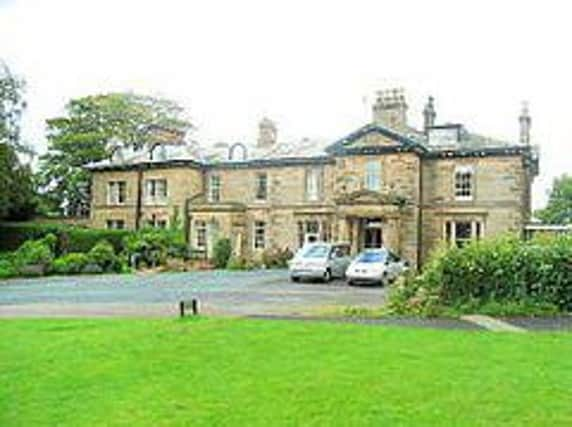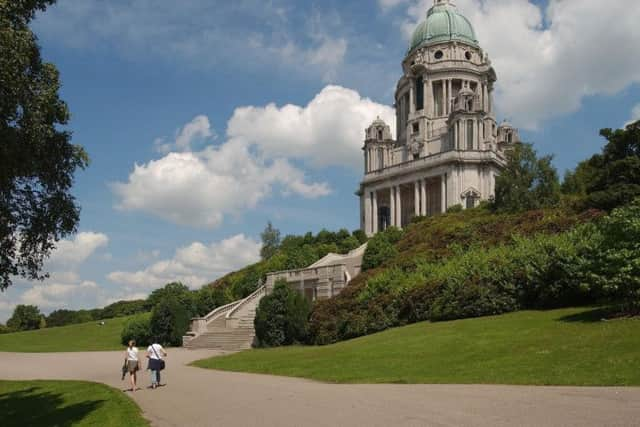Laying foundations for an observatory


It is situated overlooking the Crook of Lune south of the road from Lancaster to Caton and Hornby, near where the Escow Beck from which it takes its name, flows into the River Lune.
The name Escow Beck is derived from the Old Norse eski + hofud and bekkr meaning the beck by the ash tree hill.


Advertisement
Hide AdAdvertisement
Hide AdIt was recorded as Escouthebroc in 1225 and Escouthe bec in 1241.
The gardens, created in the early 20th century, had a fish pond through which the Escow Beck flows and boat house. The house was divided into apartments during the 1950s.
John Greg moved to the area in 1820 to manage a mill in Caton, part of Samuel Greg & Company, owned by his father. John Greg built Escowbeck and founded the Lancaster Guardian.
After the death of John Greg, the Dobson family leased the house.
Advertisement
Hide AdAdvertisement
Hide AdThe family suffered from typhus fever and were isolated as part of an epidemic for more than a year. Thomas Hodgson who built Lowe Mill in Caton lived at Escowbeck.
In 1938 Lieutenant Colonel Sir Norman Seddon-Brown moved into the house.
The Gregs were interested in astronomy and John Greg built an observatory in a wooden structure built on stone foundations at Escowbeck. John’s brother Robert and his sons Edward and John Phillip shared the interest.
John Phillip Greg retired early to pursue his interest and was credited with being one of the first people to recognise the Geminid meteor shower.
Advertisement
Hide AdAdvertisement
Hide AdGreg was an important employer and public figure who had been mayor of Lancaster three times, a magistrate and a charity and port commis-sioner.
After the death of John Greg in 1882, his son Albert gave the contents of the observatory to Lancaster Corporation, and they were rehoused in a public observatory as a memorial to John Greg.
The telescopes originally belonging to John Greg were used in the Greg Observatory which was opened in July 1892 in Williamson Park by Dr Ralph Copeland, the Astronomer Royal for Scotland. Today little remains of the observatory in Williamson Park.
A weather station also formed part of the observatory.
Visitors were charged a penny each to use the instruments in the viewing room and public viewing nights were also arranged.
Daily weather readings began in 1895.
Advertisement
Hide AdAdvertisement
Hide AdThe observatory’s longest serving curator James Dowbiggin was appointed in 1905 and was already familiar with the telescopes having used them at Escowbeck while they were sited there.
Dowbigging kept a record of the weather right through to his retirement in 1939.
l Information about the Greg Observatory courtesy of Peter Wade, author of Lancaster’s Lost Observatory.